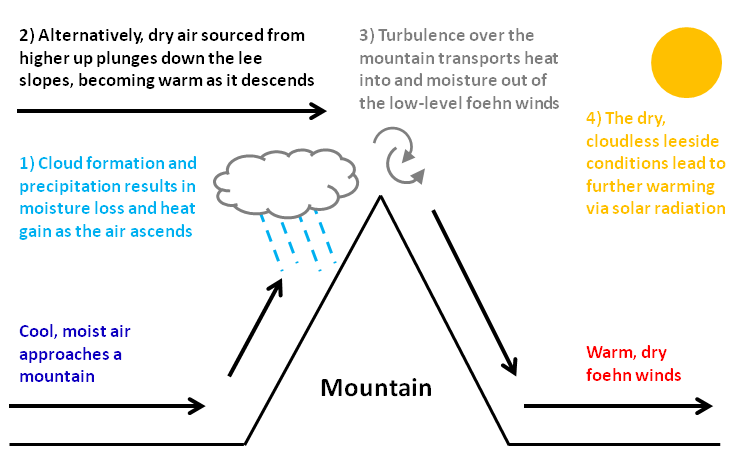Human branding
Human branding is the process by which a mark, usually a symbol or ornamental pattern, is burned into the skin of a living person, with the intention of leaving a permanent scar. This practice has been used in various cultures throughout history for different purposes, including identification, punishment, and as a rite of passage.
History
Human branding has been practiced in many parts of the world and in various cultures. In ancient times, it was often used as a form of punishment or as a means to mark slaves and criminals so that people could easily identify their status. For example, in Ancient Rome, slaves were sometimes branded to show ownership. Similarly, in the 18th century, branding was used in the British and American penal systems to mark criminals for particular crimes.
Cultural Significance
In some cultures, branding is not just a form of punishment but also a significant rite of passage. For instance, among the Maasai people of Kenya and Tanzania, young men undergo branding as part of a ceremony that marks their transition into warrior status. In these contexts, the pain endured during the branding process is seen as a test of strength and endurance.
Modern Uses
Today, human branding has also been adopted by some individuals as a form of body modification similar to tattooing and piercing. In the body modification community, branding is seen as a way to express one's identity and aesthetics. However, it is important to note that branding, due to its nature, carries a higher risk of infection and other complications compared to other forms of body modification.
Methods
There are several methods of human branding, including strike branding, where a heated metal is pressed against the skin; and cautery branding, which uses a medical cautery tool that burns the skin. Each method varies in the intensity of pain it causes and the type of scar it leaves.
Ethical and Legal Considerations
The practice of human branding raises significant ethical and legal considerations, particularly when it involves coercion or is performed without proper consent. In many jurisdictions, non-consensual branding is considered a form of assault or battery. Even when consent is given, there are still ethical debates about the practice, especially concerning its permanence and the potential for regret.
Health Risks
Branding involves burning the skin, which can lead to various health risks, including infections, scarring, and keloid formation. Proper aftercare is crucial to minimize these risks, and individuals considering branding should consult with professionals who have experience in the practice.
Conclusion
Human branding is a complex practice with a long history and significant cultural, ethical, and health implications. While it has evolved from a method of punishment and identification to a form of body modification, it remains a controversial and potentially dangerous practice that requires careful consideration and professional execution.
Transform your life with W8MD's budget GLP-1 injections from $125.
W8MD offers a medical weight loss program to lose weight in Philadelphia. Our physician-supervised medical weight loss provides:
- Most insurances accepted or discounted self-pay rates. We will obtain insurance prior authorizations if needed.
- Generic GLP1 weight loss injections from $125 for the starting dose.
- Also offer prescription weight loss medications including Phentermine, Qsymia, Diethylpropion, Contrave etc.
NYC weight loss doctor appointments
Start your NYC weight loss journey today at our NYC medical weight loss and Philadelphia medical weight loss clinics.
- Call 718-946-5500 to lose weight in NYC or for medical weight loss in Philadelphia 215-676-2334.
- Tags:NYC medical weight loss, Philadelphia lose weight Zepbound NYC, Budget GLP1 weight loss injections, Wegovy Philadelphia, Wegovy NYC, Philadelphia medical weight loss, Brookly weight loss and Wegovy NYC
|
WikiMD's Wellness Encyclopedia |
| Let Food Be Thy Medicine Medicine Thy Food - Hippocrates |
Medical Disclaimer: WikiMD is not a substitute for professional medical advice. The information on WikiMD is provided as an information resource only, may be incorrect, outdated or misleading, and is not to be used or relied on for any diagnostic or treatment purposes. Please consult your health care provider before making any healthcare decisions or for guidance about a specific medical condition. WikiMD expressly disclaims responsibility, and shall have no liability, for any damages, loss, injury, or liability whatsoever suffered as a result of your reliance on the information contained in this site. By visiting this site you agree to the foregoing terms and conditions, which may from time to time be changed or supplemented by WikiMD. If you do not agree to the foregoing terms and conditions, you should not enter or use this site. See full disclaimer.
Credits:Most images are courtesy of Wikimedia commons, and templates, categories Wikipedia, licensed under CC BY SA or similar.
Contributors: Prab R. Tumpati, MD




